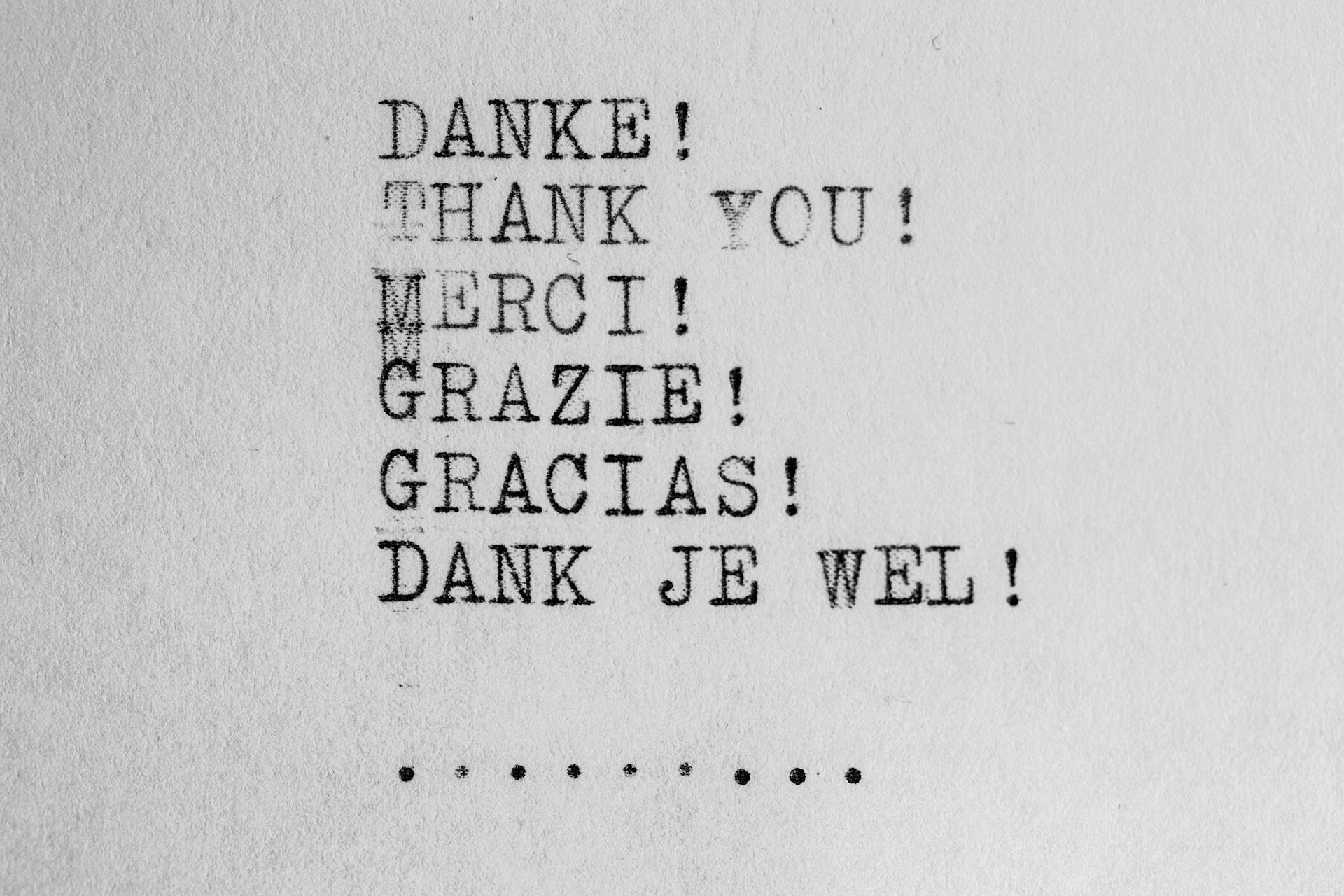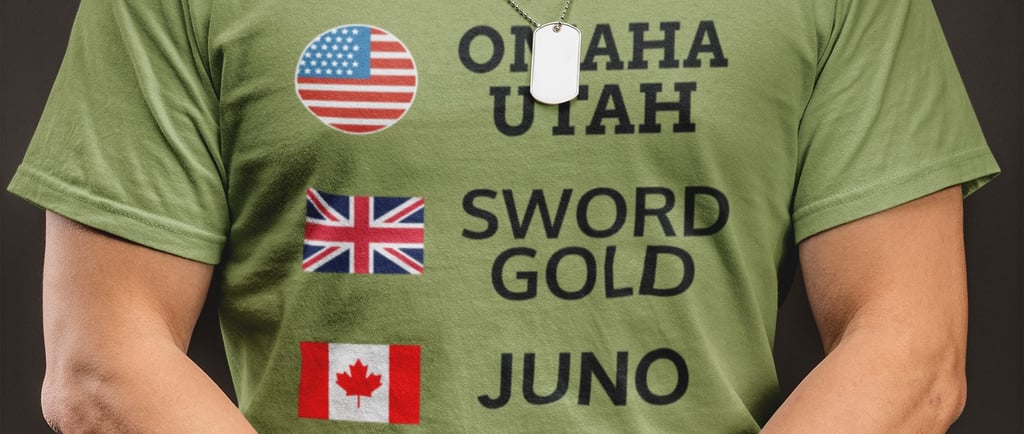The Normandy Landings: D-Day June 6, 1944
A brief summary of the events of D-Day June 6 1944. The powers involved and the codenames of the Beaches to be stormed.
WW2 AND MILITARY
clickncollecte
2/18/20243 min read
The Normandy landings, also known as D-Day, were a pivotal moment in World War II. On June 6, 1944, Allied forces launched a massive amphibious assault on the beaches of Normandy, France. This operation involved a diverse coalition of troops from various nations, each with their own objectives and responsibilities.
The Allied Forces
The Allied forces involved in the Normandy landings were primarily composed of troops from the United States, the United Kingdom, and Canada. However, several other countries also contributed to the operation, including Australia, Belgium, Czechoslovakia, France, Greece, the Netherlands, New Zealand, Norway, and Poland. Each nation played a crucial role in the success of the mission. Somewhere in the region of 150,000 allied troops were deployed.
United States
The United States was a major participant in the Normandy landings, with the largest contingent of troops. They were responsible for assaulting two of the five designated landing beaches: Utah Beach and Omaha Beach. The U.S. forces included infantry divisions, airborne troops, and armoured units. Utah would prove to be the easier of the two beaches for the Americans to take. Omaha would be brutal and costly.
United Kingdom
The United Kingdom made significant contributions to the operation, both in terms of troops and strategic planning. British forces were tasked with capturing and securing three of the landing beaches: Gold Beach, Juno Beach, and Sword Beach. British infantry divisions, paratroopers, and armoured units played a crucial role in the success of the mission. It was hoped that the British would be able to liberate the city of Caen that first day, however, staunch and determined German defences prevented that goal from being achieved.
Canada
Canada also played a vital role in the Normandy landings. Canadian troops were assigned to assault Juno Beach alongside the British forces. The Canadian contribution included seizing the small airport Carpequet just outside the city of Caen.
Other Allied Nations
In addition to the major contributors, several other nations provided support during the Normandy landings. These included Australia, Belgium, Czechoslovakia, France who provided the Keiffer commandos, the first 177 free French to see the country again since many years exiled.
Troops from Greece, the Netherlands, New Zealand, Norway, and Poland also took part. Their contributions ranged from providing troops to assisting with logistics and intelligence.
The Axis Forces
The Axis forces defending the Normandy coastline were primarily composed of German troops. However, there were eastern Europeans amongst their numbers, some volunteers, some forcibly conscripted. They had constructed a formidable defensive network known as the Atlantic Wall, which consisted of bunkers, fortified positions, and obstacles designed to impede any amphibious assault.
German Troops
The German troops defending the Normandy beaches were primarily from the German Army and Waffen-SS units. They were well-equipped and well-trained, but their defences were spread thin along the coastline. It was hoped that they could push back into the sea, the first waves of allied troops allowing Axis reinforcements to arrive later to shore up the positions. This proved impossible and the Germans were slowly driven out.
The Codenames of the Beaches
As part of the planning for the Normandy landings, the Allied forces assigned codenames to each of the five landing beaches. These codenames were used to refer to the specific objectives and landing zones during the operation.
Utah Beach
Utah Beach was the westernmost landing beach and was assigned the codename "Utah." It was the landing site for the U.S. forces, specifically the U.S. 4th Infantry Division. The objective of the U.S. troops at Utah Beach was to establish a beachhead and secure the area for further advances inland.
Omaha Beach
Omaha Beach, located to the east of Utah Beach, was assigned the codename "Omaha." It was also the landing site for U.S. forces, specifically the U.S. 1st Infantry Division and the U.S. 29th Infantry Division. Omaha Beach was heavily fortified and proved to be one of the most challenging landing zones for the Allies.
Gold Beach
Gold Beach, situated between Omaha Beach and Juno Beach, was assigned the codename "Gold." It was the landing site for British forces, specifically the British 50th Infantry Division and elements of the British 8th Armoured Brigade. The objective at Gold Beach was to establish a beachhead and secure the area for the subsequent advance.
Juno Beach
Juno Beach, located to the east of Gold Beach, was assigned the codename "Juno." It was the landing site for Canadian forces, specifically the Canadian 3rd Infantry Division and the Canadian 2nd Armoured Brigade. The objective at Juno Beach was to capture key positions and establish a beachhead for further operations.
Sword Beach
Sword Beach, the easternmost landing beach, was assigned the codename "Sword." It was the landing site for British forces, specifically the British 3rd Infantry Division and elements of the British 27th Armoured Brigade. The objective at Sword Beach was to secure the beachhead and establish a link with the nearby British airborne troops.
The Normandy landings on June 6, 1944, were a monumental undertaking that involved a vast number of troops from multiple nations. The Allied forces, comprising the United States, the United Kingdom, Canada, and several other nations, successfully executed the operation, leading to the eventual liberation of Western Europe from Nazi occupation.



